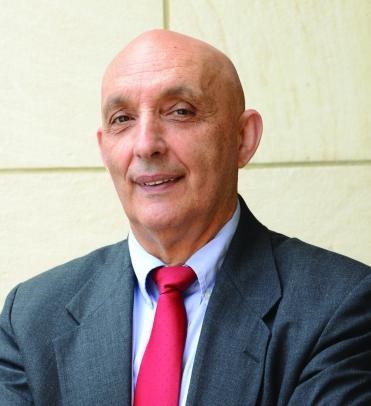 |
Professor in the Engineering departmentCity University of New York , USA
|
Sos Agaian is a Distinguished Professor of Computer Science at College of Staten Island and the Graduate Center, CUNY. Prior to joining the City University of New York, Dr. Agaian was a Peter T. Flawn Professor of Electrical and Computer Engineering with the University of Texas at San Antonio. His main research interests are in Computational Vision and Machine Learning, Big and Small Data Analytics, Multimodal Biometric and Digital Forensics. He has authored over 600 peer-reviewed research papers, ten books, and nineteen edited proceedings. He is listed as a co-inventor on 44 patents/disclosures. Dr. Agaian was elected IEEE Fellow, SPIE Fellow. Dr. Agaian received his M.S. degree (summa cum laude) in Mathematics and Mechanics from Yerevan State University, Armenia; his Ph.D. in Mathematics and Physics from the Steklov Institute of Mathematics, Russian Academy of Sciences (RAS); and his Doctor of Engineering Sciences degree from the Institute of Control Systems, RAS.
Refer (http://www2.cuny.edu/about/alumni-students-faculty/faculty/distinguished-professors/) for more of Sos Agaian
Bioinspired Machine Vision: Challenges and Perspectives
The rapid proliferation of hand-held mobile computing devices, coupled with the acceleration of the ‘Internet-of-Things’ connectivity, and data producing systems, such as embedded sensors, mobile phones, surveillance cameras, have certainly contributed to these advances. One of the fields in which scientific computing has made particular inroads has been the area of large-scale data analytics and machine systems. In our modern digital information connected society, we are producing, storing and using ever-increasing volumes of the digital image and video content. How can we possibly make sense of all this visual-centric data? How can we be sure that the derived computations and analysis are fully relevant to our human vision, understanding and interpretations? The current state of the art in machine vision analytics provide us with a variety of tools and methods to solve various classes of computer vision problems. We then are posed with the following questions - how big of a class of problems in vision are we able currently to solve, compared with the totality of what humans can do? Can we duplicate human vision abilities in a computational device? The objective of this talk is to highlight the latest advances in this research area for Machine Vision and to provide novel insights of bioinspired intelligence. We will also present our recent research works and a synopsis of the existing state-of-the-art results in the field of Machine Vision and discuss the current trends in these technologies as well as the associated commercial impact and opportunities.